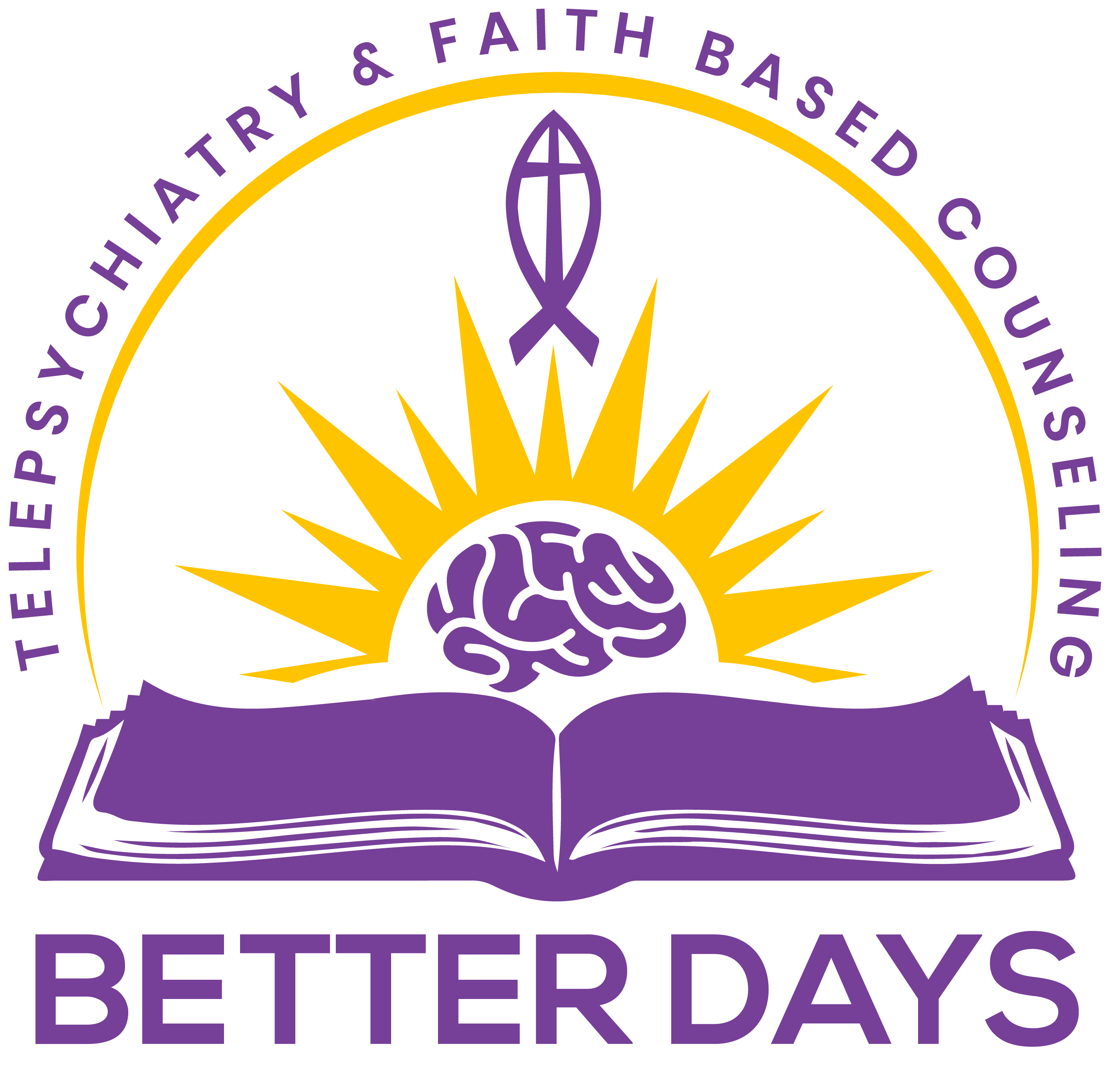
Overview
Post-traumatic stress disorder (PTSD) is a mental health condition that’s triggered by a terrifying event — either experiencing it or witnessing it. Symptoms may include flashbacks, nightmares and severe anxiety, as well as uncontrollable thoughts about the event.
Most people who go through traumatic events may have temporary difficulty adjusting and coping, but with time and good self-care, they usually get better. If the symptoms get worse, last for months or even years, and interfere with your day-to-day functioning, you may have PTSD.
Post-traumatic stress disorder symptoms may start within one month of a traumatic event, but sometimes symptoms may not appear until years after the event. These symptoms cause significant problems in social or work situations and in relationships. They can also interfere with your ability to go about your normal daily tasks.
PTSD symptoms are generally grouped into four types: intrusive memories, avoidance, negative changes in thinking and mood, and changes in physical and emotional reactions. Symptoms can vary over time or vary from person to person.
Intrusive memories
Symptoms of intrusive memories may include:
- Recurrent, unwanted distressing memories of the traumatic event
- Reliving the traumatic event as if it were happening again (flashbacks)
- Upsetting dreams or nightmares about the traumatic event
Severe emotional distress or physical reactions to something that reminds you of the traumatic event
Avoidance
Symptoms of avoidance may include:
- Trying to avoid thinking or talking about the traumatic event
- Avoiding places, activities or people that remind you of the traumatic event
Negative changes in thinking and mood
Symptoms of negative changes in thinking and mood may include:
Negative thoughts about yourself, other people or the world
Hopelessness about the future
Memory problems, including not remembering important aspects of the traumatic event
Difficulty maintaining close relationships
Feeling detached from family and friends
Lack of interest in activities you once enjoyed
Difficulty experiencing positive emotions
Feeling emotionally numb
Changes in physical and emotional reactions
Symptoms of changes in physical and emotional reactions (also called arousal symptoms) may include:
Being easily startled or frightened
Always being on guard for danger
Self-destructive behavior, such as drinking too much or driving too fast
Trouble sleeping
Trouble concentrating
Irritability, angry outbursts or aggressive behavior
Overwhelming guilt or shame
For children 6 years old and younger, signs and symptoms may also include:
Re-enacting the traumatic event or aspects of the traumatic event through play
Frightening dreams that may or may not include aspects of the traumatic event
Intensity of symptoms
PTSD symptoms can vary in intensity over time. You may have more PTSD symptoms when you’re stressed in general, or when you come across reminders of what you went through. For example, you may hear a car backfire and relive combat experiences. Or you may see a report on the news about a sexual assault and feel overcome by memories of your own assault.
When to see a health care provider
If you have disturbing thoughts and feelings about a traumatic event for more than a month, if they’re severe, or if you feel you’re having trouble getting your life back under control, talk to your doctor or a mental health professional. Getting treatment as soon as possible can help prevent PTSD symptoms from getting worse.
Diagnosis
To diagnose post-traumatic stress disorder, your doctor will likely:
Perform a physical exam to check for medical problems that may be causing your symptoms
Do a psychological evaluation that includes a discussion of your signs and symptoms and the event or events that led up to them
Use the criteria in the Diagnostic and Statistical Manual of Mental Disorders (DSM-5), published by the American Psychiatric Association
Diagnosis of PTSD requires exposure to an event that involved the actual or possible threat of death, violence or serious injury. Your exposure can happen in one or more of these ways:
You directly experienced the traumatic event
You witnessed, in person, the traumatic event occurring to others
You learned someone close to you experienced or was threatened by the traumatic event
You are repeatedly exposed to graphic details of traumatic events (for example, if you are a first responder to the scene of traumatic events)
You may have PTSD if the problems you experience after this exposure continue for more than a month and cause significant problems in your ability to function in social and work settings and negatively impact relationships.
Treatment
Post-traumatic stress disorder treatment can help you regain a sense of control over your life. The primary treatment is psychotherapy, but can also include medication. Combining these treatments can help improve your symptoms by:
- Teaching you skills to address your symptoms
- Helping you think better about yourself, others and the world
- Learning ways to cope if any symptoms arise again
- Treating other problems often related to traumatic experiences, such as depression, anxiety, or misuse of alcohol or drugs
You don’t have to try to handle the burden of PTSD on your own.
Psychotherapy
Several types of psychotherapy, also called talk therapy, may be used to treat children and adults with PTSD. Some types of psychotherapy used in PTSD treatment include:
- Cognitive therapy. This type of talk therapy helps you recognize the ways of thinking (cognitive patterns) that are keeping you stuck — for example, negative beliefs about yourself and the risk of traumatic things happening again. For PTSD, cognitive therapy often is used along with exposure therapy.
- Exposure therapy. This behavioral therapy helps you safely face both situations and memories that you find frightening so that you can learn to cope with them effectively. Exposure therapy can be particularly helpful for flashbacks and nightmares. One approach uses virtual reality programs that allow you to re-enter the setting in which you experienced trauma.
- Eye movement desensitization and reprocessing (EMDR). EMDR combines exposure therapy with a series of guided eye movements that help you process traumatic memories and change how you react to them.
Your therapist can help you develop stress management skills to help you better handle stressful situations and cope with stress in your life.
All these approaches can help you gain control of lasting fear after a traumatic event. You and your mental health professional can discuss what type of therapy or combination of therapies may best meet your needs.
You may try individual therapy, group therapy or both. Group therapy can offer a way to connect with others going through similar experiences.
Medications
Several types of medications can help improve symptoms of PTSD:
- Antidepressants. These medications can help symptoms of depression and anxiety. They can also help improve sleep problems and concentration. The selective serotonin reuptake inhibitor (SSRI) medications sertraline (Zoloft) and paroxetine (Paxil) are approved by the Food and Drug Administration (FDA) for PTSD treatment.
- Anti-anxiety medications. These drugs can relieve severe anxiety and related problems. Some anti-anxiety medications have the potential for abuse, so they are generally used only for a short time.
- Prazosin. While several studies indicated that prazosin (Minipress) may reduce or suppress nightmares in some people with PTSD, a more recent study showed no benefit over placebo. But participants in the recent study differed from others in ways that potentially could impact the results. Individuals who are considering prazosin should speak with a doctor to determine whether or not their particular situation might merit a trial of this drug.
You and your doctor can work together to figure out the best medication, with the fewest side effects, for your symptoms and situation. You may see an improvement in your mood and other symptoms within a few weeks.
Tell your doctor about any side effects or problems with medications. You may need to try more than one or a combination of medications, or your doctor may need to adjust your dosage or medication schedule before finding the right fit for you.
Coping and support
If stress and other problems caused by a traumatic event affect your life, see your doctor or mental health professional. You can also take these actions as you continue with treatment for post-traumatic stress disorder:
- Follow your treatment plan. Although it may take a while to feel benefits from therapy or medications, treatment can be effective, and most people do recover. Remind yourself that it takes time. Following your treatment plan and routinely communicating with your mental health professional will help move you forward.
- Learn about PTSD. This knowledge can help you understand what you’re feeling, and then you can develop coping strategies to help you respond effectively.
- Take care of yourself. Get enough rest, eat a healthy diet, exercise and take time to relax. Try to reduce or avoid caffeine and nicotine, which can worsen anxiety.
- Don’t self-medicate. Turning to alcohol or drugs to numb your feelings isn’t healthy, even though it may be a tempting way to cope. It can lead to more problems down the road, interfere with effective treatments and prevent real healing.
- Break the cycle. When you feel anxious, take a brisk walk or jump into a hobby to re-focus.
- Stay connected. Spend time with supportive and caring people — family, friends, faith leaders or others. You don’t have to talk about what happened if you don’t want to. Just sharing time with loved ones can offer healing and comfort.
- Consider a support group. Ask your mental health professional for help finding a support group, or contact veterans’ organizations or your community’s social services system. Or look for local support groups in an online directory.
When someone you love has PTSD
The person you love may seem like a different person than you knew before the trauma — angry and irritable, for example, or withdrawn and depressed. PTSD can significantly strain the emotional and mental health of loved ones and friends.
Hearing about the trauma that led to your loved one’s PTSD may be painful for you and even cause you to relive difficult events. You may find yourself avoiding his or her attempts to talk about the trauma or feeling hopeless that your loved one will get better. At the same time, you may feel guilty that you can’t fix your loved one or hurry up the process of healing.
Remember that you can’t change someone. However, you can:
- Learn about PTSD. This can help you understand what your loved one is going through.
- Recognize that avoidance and withdrawal are part of the disorder. If your loved one resists your help, allow space and let your loved one know that you’re available when he or she is ready to accept your help.
- Offer to attend medical appointments. If your loved one is willing, attending appointments can help you understand and assist with treatment.
- Be willing to listen. Let your loved one know you’re willing to listen, but you understand if he or she doesn’t want to talk. Try not to force your loved one to talk about the trauma until he or she is ready.
- Encourage participation. Plan opportunities for activities with family and friends. Celebrate good events.
- Make your own health a priority. Take care of yourself by eating healthy, being physically active and getting enough rest. Take time alone or with friends, doing activities that help you recharge.
- Seek help if you need it. If you have difficulty coping, talk with your doctor. He or she may refer you to a therapist who can help you work through your stress.
- Stay safe. Plan a safe place for yourself and your children if your loved one becomes violent or abusive.
If you have suicidal thoughts
If you or someone you know has suicidal thoughts, get help right away through one or more of these resources:
- Reach out to a close friend or loved one.
- Contact a minister, a spiritual leader or someone in your faith community.
- Contact a suicide hotline. In the U.S., call or text 988 to reach the 988 Suicide & Crisis Lifeline, available 24 hours a day, seven days a week. Or use the Lifeline Chat. Services are free and confidential.
Copyright© 2023 American Psychiatric Association. All Rights Reserved






